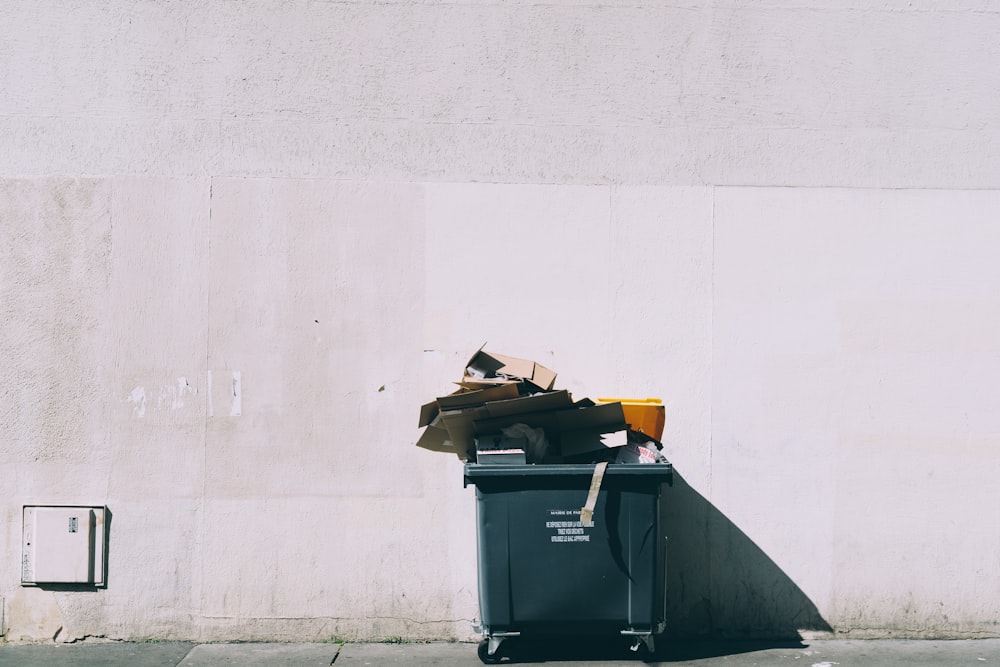Following the trend of the circular economy, many countries are gearing up their infrastructure to more effectively separate and use their waste. A hot topic is the discussion between separate collection of waste at the source or separation after collection. In this article we discuss the pitfalls of source separation programs in some areas and how alternative separation solutions can contribute to a better waste infrastructure.
Source separation
Source separation, as the name suggests, is a community approach where waste is separated at the household or business before it is collected by contractors. Often the local government provides designated bags or bins for the waste types that are to be separated.
Local circumstances influence the potential for success
Separation at the source is one of the most obvious ways to maximise the reuability or recycling benefits of waste streams. For household waste it e.g. avoids organics from getting contaminated with other waste types in mixed waste bags. Avoiding contamination makes it easier for facilities to yield renewable energy from the organic waste while enabling plastics etc. to be further recycled. However, source separation is not always attainable and even with the best regulated source separation programs, contamination remains.
Separate collection has proven to be beneficial in areas of Europe. However, depending on the local circumstances, there can be limitations to the separate collection of waste streams. According to a study of the source separation program in Tabriz, a city in Iran, roughly 60% of msw consisted of organics, whereas in Austria and Germany this is generally about 20-30%. These differences can be led back to the different waste separation solutions. Some countries experience issues with their source separation program primarily in three areas.
1) Time consuming implementation of the source separation program
Starting up a source separation program for waste generally takes years from the initial study until the final implementation. This has to do with the many factors that influence the amount of time it takes until it is succesfully regulated. Stakeholders such as residents, local government and contractors can influence the approach and the time required for the regulation of the program.
2) Lack of public participation in source separation
The study in Tabriz, Iran found that one of the main reasons for their flawed source separation program was a lack of participation among citizens. Citizens of the city expressed that a lack of space for multiple waste bins in their city apartments prevented them from efficiently separating their waste. Additionally, residents complained that they were provided with little information concerning the separation and collection initiative. Also, a lack of stimulation from the government such as with reduced taxing for source separating households reduced the public participation.
3) Issues with the collection and processing
Concerning the collection program itself, inefficiency of contractors to implement the source separation proved to be problematic. One example mentions that separately collected waste was mixed by contracter employees after collection, negating the effort. These problems can occur because of unclear contract agreements dictating what happens after separate collection. When not required by contract and not driving a profitable business case, contractors are not stimulated to separately process waste. One might conclude here that if the separation incentive is not supporting the business model for further processing, the program will not work effectively.
Mechanical separ
ation
While source separation is able to avoid contamination of waste streams under the right circumstances, technological development in mechanical separation of MSW offers a strong addition. Waste separation technology can often be especially interesting in cases where municipal solid waste is highly mixed and source segregation is still in the study phase.
Many of these waste separation solutions such as the Organic Liquefying Press perform best with highly contaminated waste fractions, separating wet organic from dry RDF fractions. These types of solutions can prove to be a more economically feasible solution for densely populated areas or areas with limited space or infrastructure for the separate collection approach to work.
Adding up the costs over several years of implementation, the combined collection of waste to be mechanically separated in one centralized location may be the more cost effective method to go with in many areas. This would stimulate the circular economy while relieving communities of source separation issues.
Interested in reading more about the mechanical separation of MSW? See our different technologies or download the brochure.



